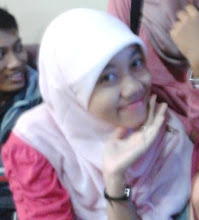512 = …
522 = …
532 = …
Dan seterusnya sampai
592 = …
Tentu kita dapat menghitungnya dengan cara seperti biasa. Kita juga dapat menyelesaikannya dengan kalkulator. Tetapi apa kreatifnya? Apa asyiknya? Inilah cara asyiknya!
· 542 = 2916
29 kita peroleh dari 25 + 4
16 kita peroleh dari 42
· 562 = 3136
31 kita peroleh dari 25 + 6
36 kita peroleh dari 62
· 572 = 3249
32 kita peroleh dari 25 + 7
49 kita peroleh dari 72







